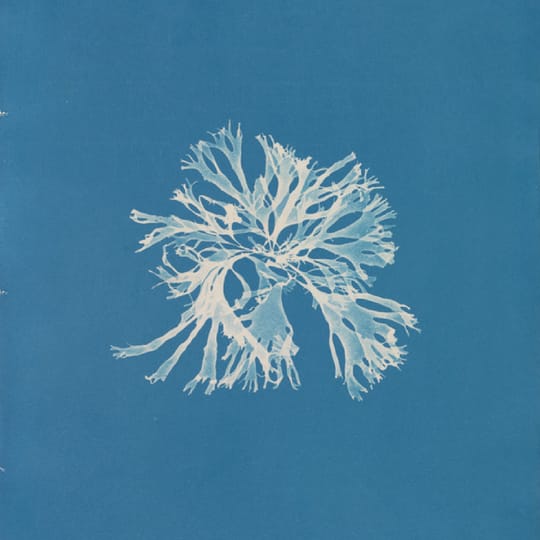
How can story mapping help a team through conflict?
We helped a team work through friction and misalignments by using story mapping and by holding space for them to have the conversations they needed to have.
The client
A partnership team working across central government and the third sector.
The brief
Both teams had recently experienced staff changes which impacted the dynamic of the group. They were experiencing some misalignment and they wanted our help to bring people together to get to know each other better, and to understand where issues and frictions might be coming from. We were asked to design and facilitate a half-day workshop.
Our offer
- Bring in games or play to help people have discussions
- Structure conversations that allow everyone to share their story
- Hold space for everyone to feel safe enough to express themselves
What we did
We started with individual hour-long interviews with the different team leads, which helped us understand the landscape, experiences, and points of view. From these discussions we could see there were various histories and entry points into the project and, generally, people in both teams were not feeling recognised or respected. We decided to take an appreciative storytelling approach to allow everyone to see each other’s stories and contributions to the project.
To settle into the workshop, we started with an ideation game using a deck of cards we created. We then split the group into their respective organisational teams to collectively map the story of the project from their point of view. We then brought the groups together to see the stories side by side so they could identify similarities, differences and ask each other questions. The discussion was quite difficult at times but it allowed everyone the chance to air grievances, address misunderstandings, and eventually, work together to come up with ideas for different ways of working in the future. It is a privilege to be present with a group of people who are working through difficult things. With this project, we were reminded how important it is for teams to make time to just be together and listen to each other, and how important facilitation is in that process.
What we learned
This piece of work was a nice opportunity for us to be together in-person as co-facilitators. We learned more about how each of us responds to on-the-fly changes to plans and then how we support each other as changs happen. We were able to really tune into each other’s body language and create conditions where we felt safe enough to say what we needed when things cropped up. It gave us a lot of energy to see how well we work together!
We learned that in the future we need to be clearer to clients about how our outputs are documented and presented, and our boundaries around requests for editing and redactions.
What we made
We created:
- a card deck for creative, speculative ideation exercises
- two story maps
- a report documenting the workshop design process and our notes from the conversations in the room, including action points



